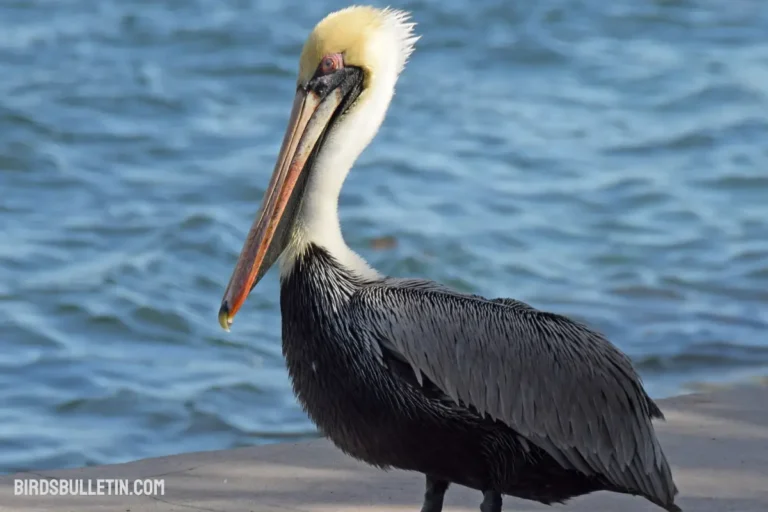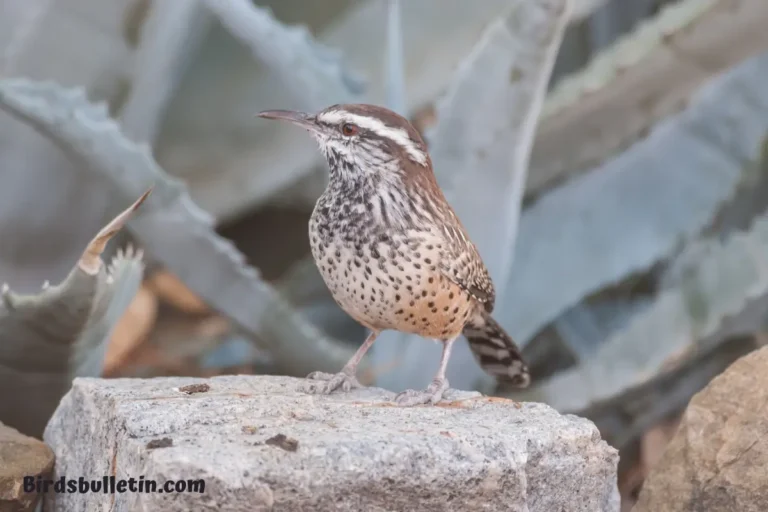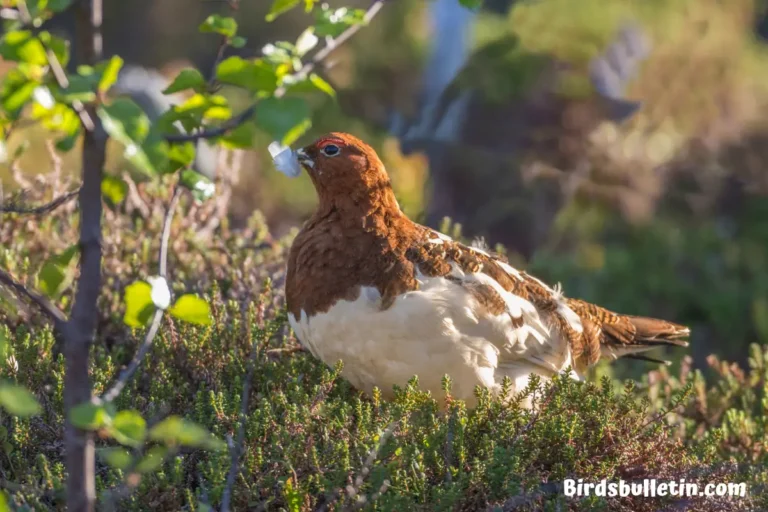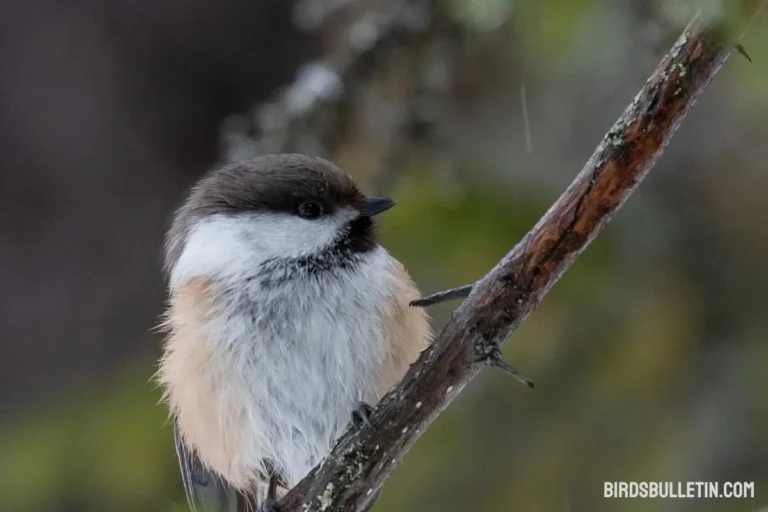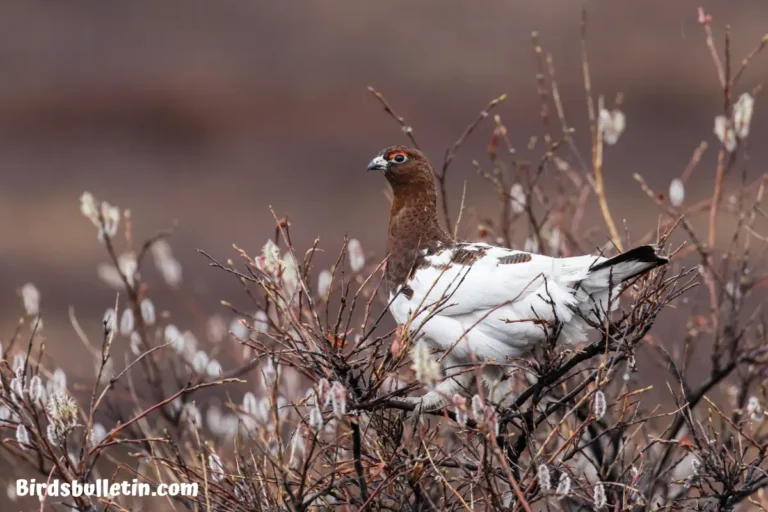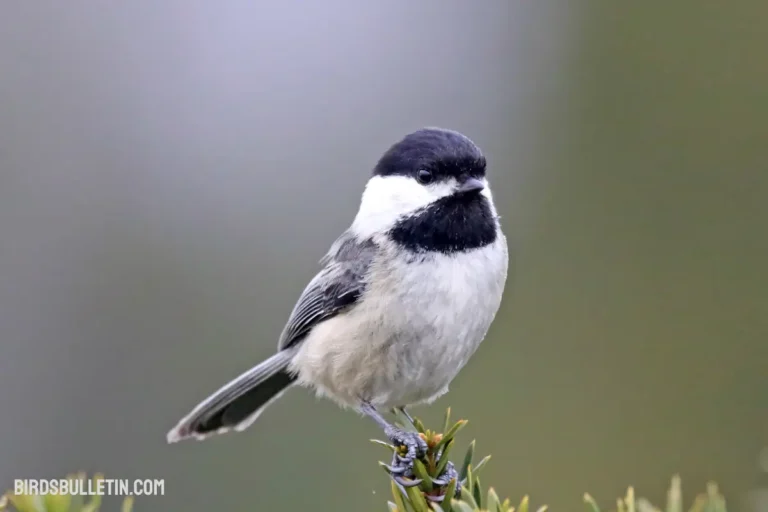Overview Of The Coastal Red-Shafted Flicker
The Coastal Red-shafted Flicker, scientifically known as Colaptes auratus Collaris, is a captivating woodpecker species native to the western regions of North America. This bird is notable for its distinctive appearance and behavior.
In this comprehensive overview, we will explore various aspects of the Coastal Red-shafted Flicker.
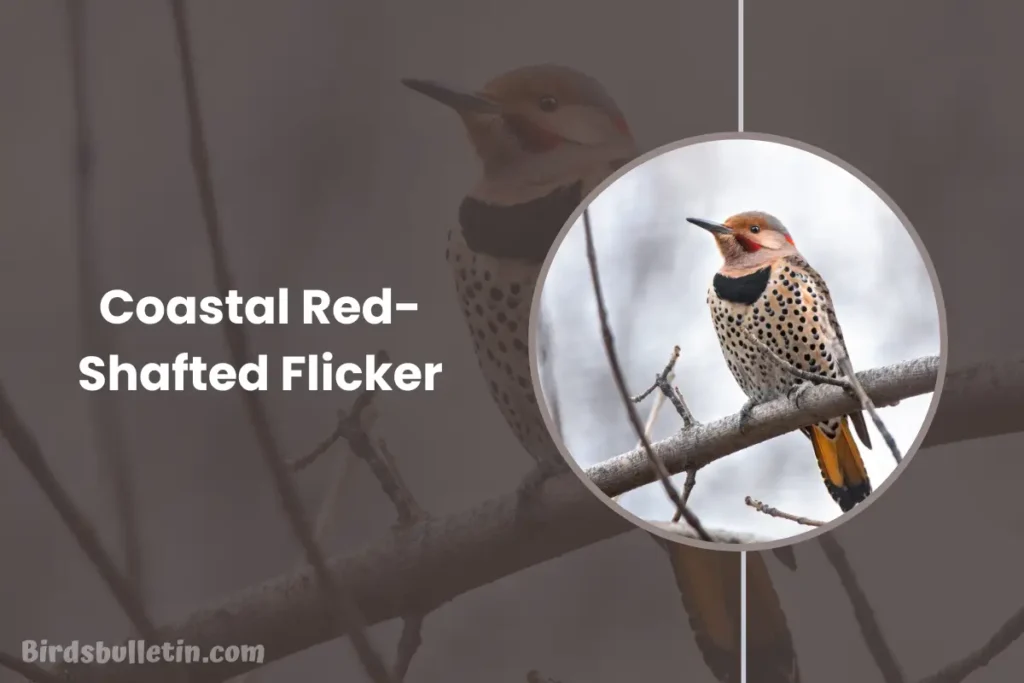
Want to learn more about bird subspecies:
Scientific Classification:
- Kingdom: Animalia
- Phylum: Chordata
- Class: Aves
- Order: Piciformes
- Family: Picidae
- Genus: Colaptes
- Species: Auratus
- Subspecies: Collaris (Coastal Red-shafted Flicker)
Identification
The Coastal Red-shafted Flicker possesses distinctive physical characteristics that make it easily recognizable:
Size: Coastal Red-shafted Flickers are medium-sized woodpeckers, typically measuring between 11 to 12 inches (28-31 cm) in length.
Plumage: Both male and female Coastal Red-shafted Flickers have a brownish-gray body with black spots and bars. They exhibit sexual dimorphism, with males featuring a red mustache mark on the lower part of their face, distinguishing them from females, which lack this marking.
Wings and Tail: One of the most striking features of this flicker is its salmon-red or orange-red wing and tail feathers, especially visible during flight.
Behavior: Similar to other flickers, they have a distinctive flight pattern characterized by rapid wing beats and short glides. They are often seen foraging on the ground for ants, beetles, and other insects.
Location
The Coastal Red-shafted Flicker primarily inhabits the western regions of North America. Its range extends from coastal areas of Alaska, British Columbia, and the Pacific Northwest of the United States, down to parts of California and northern Mexico.
Unique Traits
The Coastal Red-shafted Flicker exhibits several unique traits that distinguish it from other woodpecker species:
Red Shafted Feathers
The vivid salmon-red or orange-red coloration of the wing and tail feathers is a distinctive feature, contributing to its name. These colorful feathers are especially visible during flight, making the Coastal Red-shafted Flicker easily identifiable.
Nesting Habits
Like other flicker species, they nest in tree cavities. They may also use nest boxes if available. Coastal Red-shafted Flickers are known for their excavating skills, creating suitable nesting sites in dead trees or utility poles.
Summary
The Coastal Red-shafted Flicker, scientifically referred to as Colaptes auratus cafer, is a captivating woodpecker species native to the western regions of North America. Its distinctive red-shafted feathers, ground-foraging behavior, and unique vocalizations make it a fascinating and easily recognizable bird.
Frequently Asked Questions:
01. What is the significance of the red-shafted feathers in Coastal Red-shafted Flickers?
The red-shafted feathers in Coastal Red-shafted Flickers serve several purposes. During flight, these vibrant red or orange-red feathers are highly visible and are believed to play a role in communication and mate attraction.
02. How do Coastal Red-shafted Flickers locate their prey when foraging on the ground?
Coastal Red-shafted Flickers have specialized adaptations for ground foraging. They use their strong, slightly curved bill to probe the soil, and their long, barbed tongue helps them extract ants, beetles, and other insects from the ground.
03. Are Coastal Red-shafted Flickers cavity nesters, and do they reuse nesting sites?
These Flickers are cavity nesters. They excavate holes in dead trees, utility poles, or nest boxes to create nesting sites. While they are capable of excavating their cavities, they also use existing natural cavities or old woodpecker holes. These birds reuse nesting sites if the site remains suitable and undisturbed.


